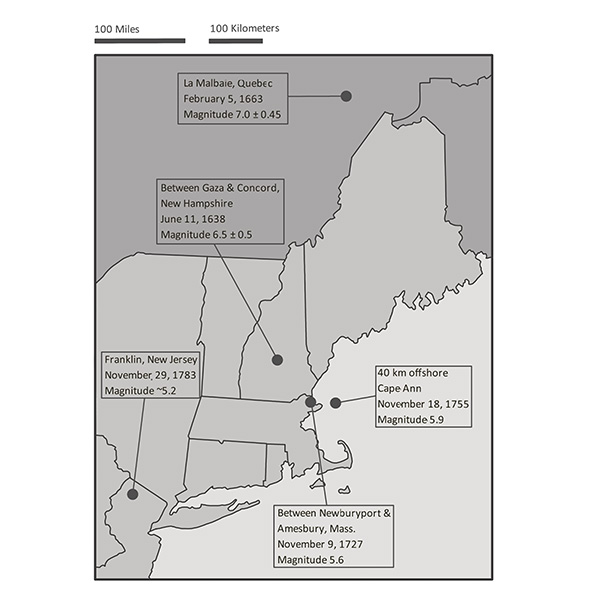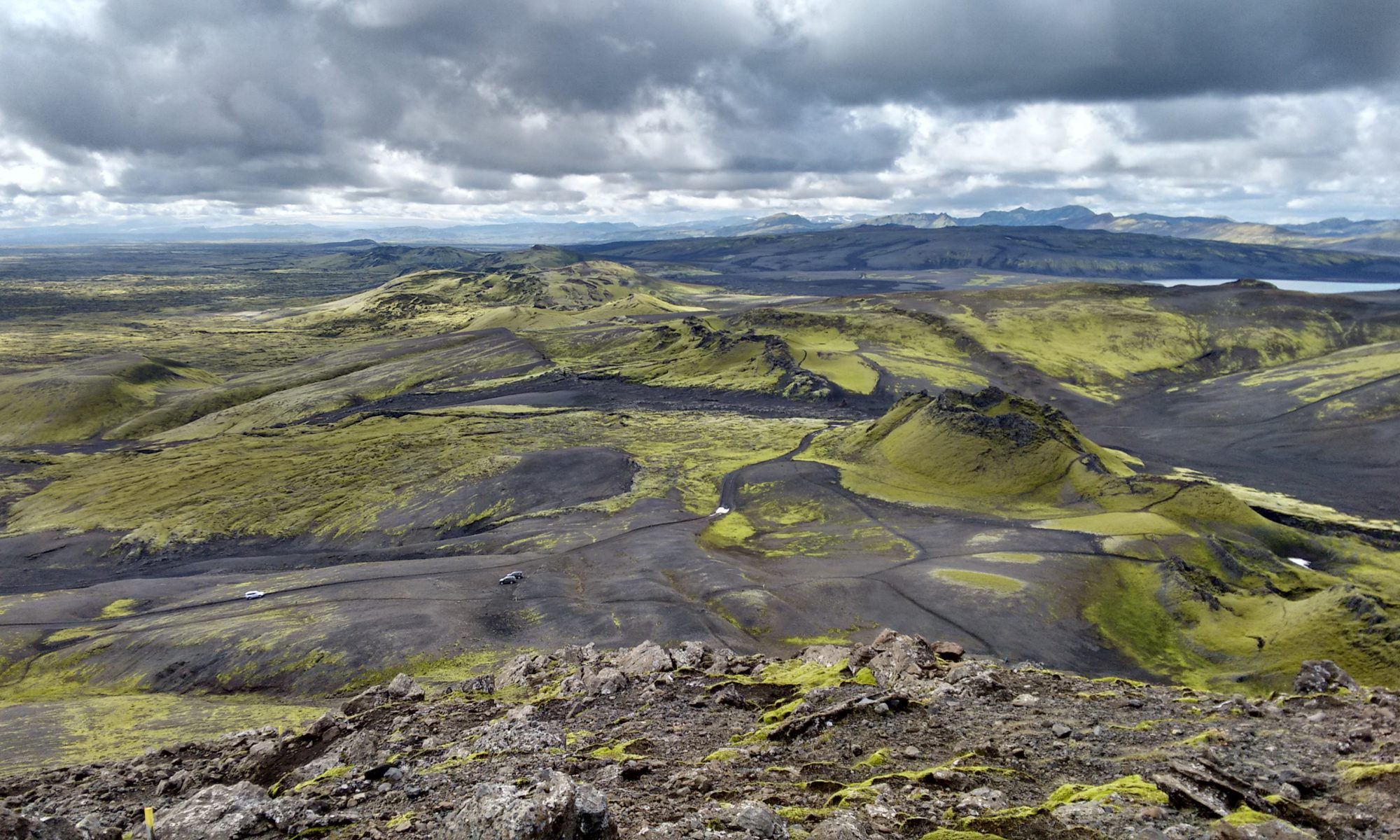During my doctoral studies, I began studying geology, which fascinates me. My first postdoctoral research project brought me to the John Carter Brown Library in Providence, Rhode Island, as a short-term fellow, where I studied their sizeable collections for mentions of earthquakes that affected New England from the seventeenth century and analyzed, at which times the earthquakes were observed—which varied greatly from observer to observer and region to region.

Why did they record the earthquake at different times? One century before the railroads made standardized time zones in the United States necessary, time varied from city to city. Local clocks were set to noon when the sun reached its highest point. The records allow a glimpse of the timekeeping and recordkeeping practices in early America. Settlers brought clocks from Europe to the colonies as far back as 1638. By 1700, every colony had clockmakers; roughly one in fifty white adults owned a clock and one in thirty-two a watch. After 1800, factories increasingly replaced the craftsman clockmaker.
You can read some preliminary findings relating to the 29 November 1783 earthquake here on the Envhistnow blog.
Image source: The woodcutting depicts the 1755 Cape Ann earthquake and its effects on Boston. It is in the public domain.

